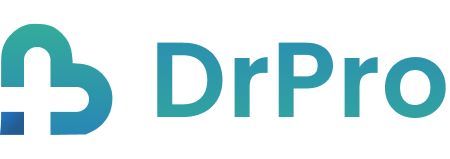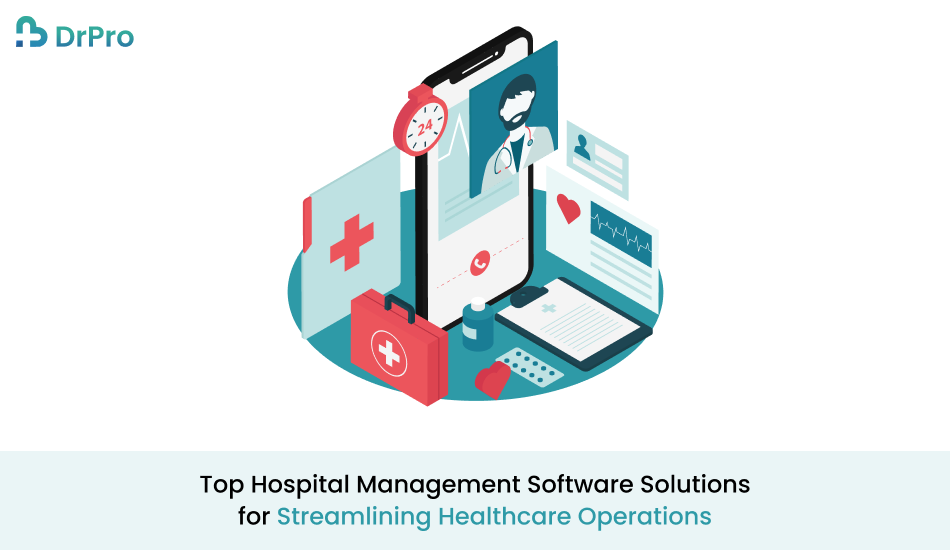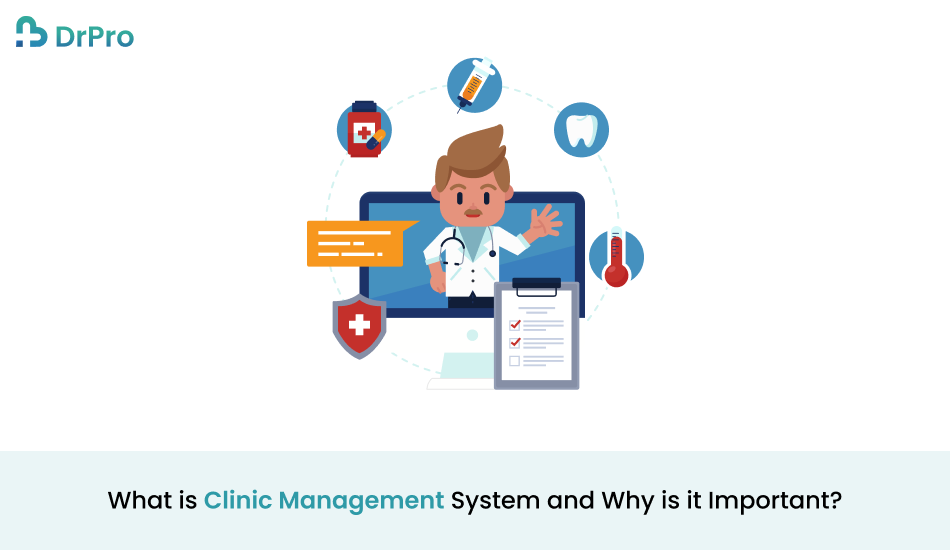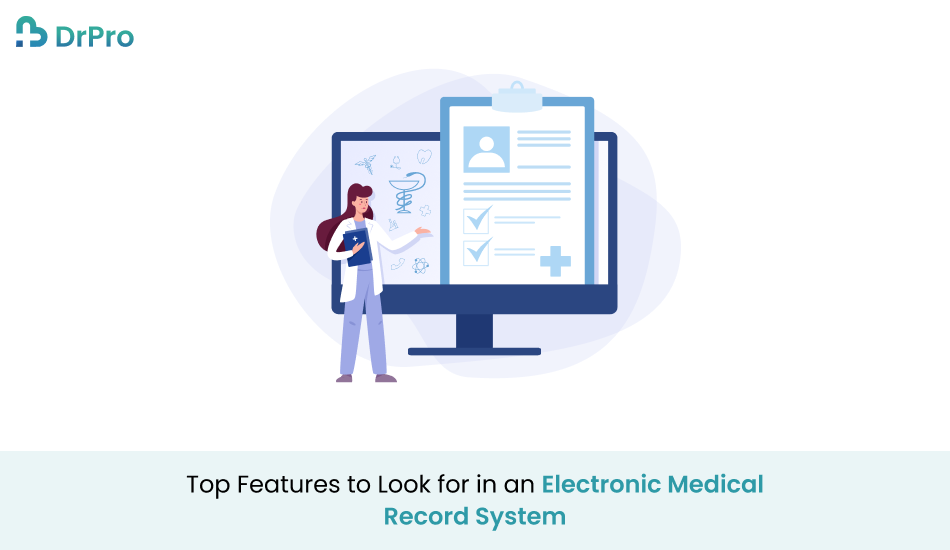Top Hospital Management Software Solutions for Streamlining Healthcare Operations
In the modern fast paced healthcare sector, the need for effective management systems is never more powerful. Each day, hospitals and clinics manage huge amounts of data including scheduling employees, inventory, billing, and medical records. Directly handling these duties could result in mistakes, inefficiencies, and time wasted. Introducing the hospital management software system, an electronic instrument designed to improve outcomes for patients, optimize medical operations, and improve the efficiency of organizations overall. The Hospital Information Management Systems have turned into essential instruments for modern medical professionals. These software solutions simplify essential administrative duties, medical, and financial processes, enabling seamless communication between sectors. In the following article, it will examine the best hospital management software systems accessible nowadays as well as their characteristics, benefits, and promise for transforming the medical industry. Why Choose a Hospital Management Software System? A powerful hospital management software system does more than just convert data it also impacts how hospitals operate. It improves interaction, decreases errors, and promotes satisfaction among patients. Featuring features like appointment scheduling, health information management, billing integration, and data analysis these systems enable hospitals to concentrate on providing outstanding care instead of managing administrative duties. Implementing an effective HIMS allows healthcare facilities to: Improve allocation of resources. Enhance patient data security and accessibility. Reduce workflows between departments. Maintain that you follow medical laws. Reduce operating costs. Top Hospital Management Software Solutions 1. DrPro DrPro is a sector leader when it comes to offering a complete and flexible solution. The HIMS solution, used by hospitals of all sizes, was developed with an extensive understanding of healthcare issues. DrPro provides an effortless procedure for its staff and patients by streamlining managing patients, billing, inventory control, and much more. Key Features: Patient and doctor portals have been integrated for ease of communication. Automatic billing and payment systems. Tracking inventory prevents shortages and excessive stock. Components may be modified to meet personal medical requirements. Why DrPro? Its user friendly interface and ability to connect with third party applications make it an attractive option among healthcare providers. With a focus on compliance and safety, DrPro maintains hospitals compete while safeguarding private patient data. 2. CareCloud CareCloud is a cloud-based HIMS solution that focuses on practice management and electronic health records (EHRs). Its simple design and advanced analytics provide an appealing choice for hospitals scheduled at improving outcomes for patients while reducing administrative expenses. Key Features: Real-time data analytics improve decision-making. Combined healthcare abilities. Patient engagement methods include reminders for appointments and health trackers. Billing and claim management are fully integrated. 3. eClinicalWorks eClinicalWorks is a popular hospital management software solution observed for its strong EHR and practice management features. It is suitable for medium to large-sized clinics who require a solution that is scalable. Key Features: Comprehensive electronic health record with customisable templates. The population health management tools for preventative care. A mobile app for on the move access. Connection with mobile devices enables monitoring of patients remotely. 4. Meditech Expanse A modern hospital management application that promotes patient engagement and clinical efficacy is offered by Medical Technology Expanse. Having a focus on connectivity, it ensures that different healthcare systems interact smoothly. Key Features: A web-based interface enables easy access. Strong data security processes are in effect to protect medical records. Advanced clinical decision-support tools. Patient portals promote interaction and engagement. 5. Kareo Kareo is a specialized hospital administration software system for small, individual health medical centers. This combines simple and strong abilities to improve operation for organizations with a limited budget. Key Features: An easy-to-use for tiny clinics. Ehealth abilities allow remote consultations. Payment and claims handling have been improved. Tools for scheduling appointments and interacting with patients. 6. Epic Systems Epic Systems is a HIMS market leader, offering complete solutions for large healthcare systems. It has become renowned for its ability for handling complex operations across multiple facilities. Key Features: EHR capabilities are extensive, including data visualization tools. Patient scheduling and tracking across many sites. Strong interoperability capabilities allow easy data exchange. Analysis using AI offers forecasting data. 7. Cerner Millennium Cerner Millennium offers an integrated approach to hospital management, emphasising medical and financial effectiveness. It’s highly flexible, making it suitable for both small hospitals and significant healthcare systems. Key Features: Comprehensive clinical documentation tools. This analysis and reporting allow better resource management. The dashboards can be modified for many sectors. Participation by patients remedies includes online scheduling and feedback systems. Benefits of Using a Hospital Management Software System Improved Efficiency: HIMS helps healthcare workers reduce time by automating routine processes, giving them up to focus on caring for patients. Enhanced Patient Care: Having real-time access to patient data ensures quick and accurate diagnosis, and enhances outcomes of therapy. Cost Reduction: Automated systems reduce paperwork and administrative costs, significantly reducing operating costs. Data Security: Modern hospital management software systems use powerful technology for encryption that guarantee confidentiality of patient information and complying with requirements such as HIPAA. Scalability and Flexibility: These products are flexible and adaptable to meet the specific requirements of healthcare facilities that range from small clinics to large multi-specialty hospitals. Real-Time Monitoring: Hospital management can track a number of operational indicators in real time, including traffic from patients and levels of stock. Multi-Location Support: HIMS technologies such as the Epic System and Medical Technology Expanse allow big medical chains to effectively connect operations across multiple locations. How to Choose the Right HIMS Choosing the best hospital management software system focuses on the medical facility’s specific needs. There are a few things to consider: Features and Functionality: Ensure the system offers all the modules your hospital requires, from EHR to billing and reporting. Scalability: Make sure the solution you select may improve with your facility. User-Friendliness: To promote staff approval, the training course must have a user-friendly interface. Data Security: In order to safeguard confidential patient data, look for structures with high levels of security. Integration Capabilities: Make sure the application works effectively with existing systems and third-party applications. Cost and Support:
Top Hospital Management Software Solutions for Streamlining Healthcare Operations Read More »




